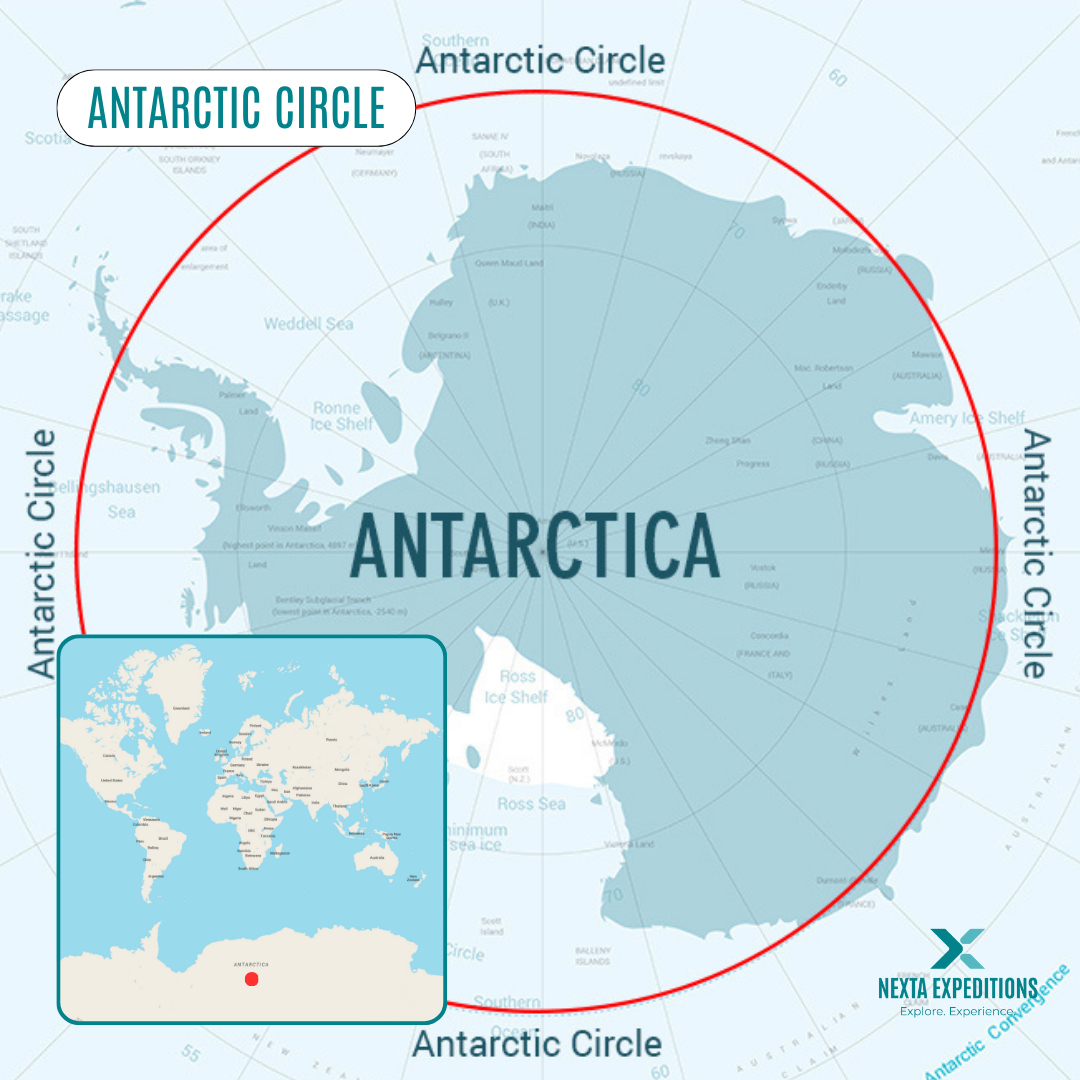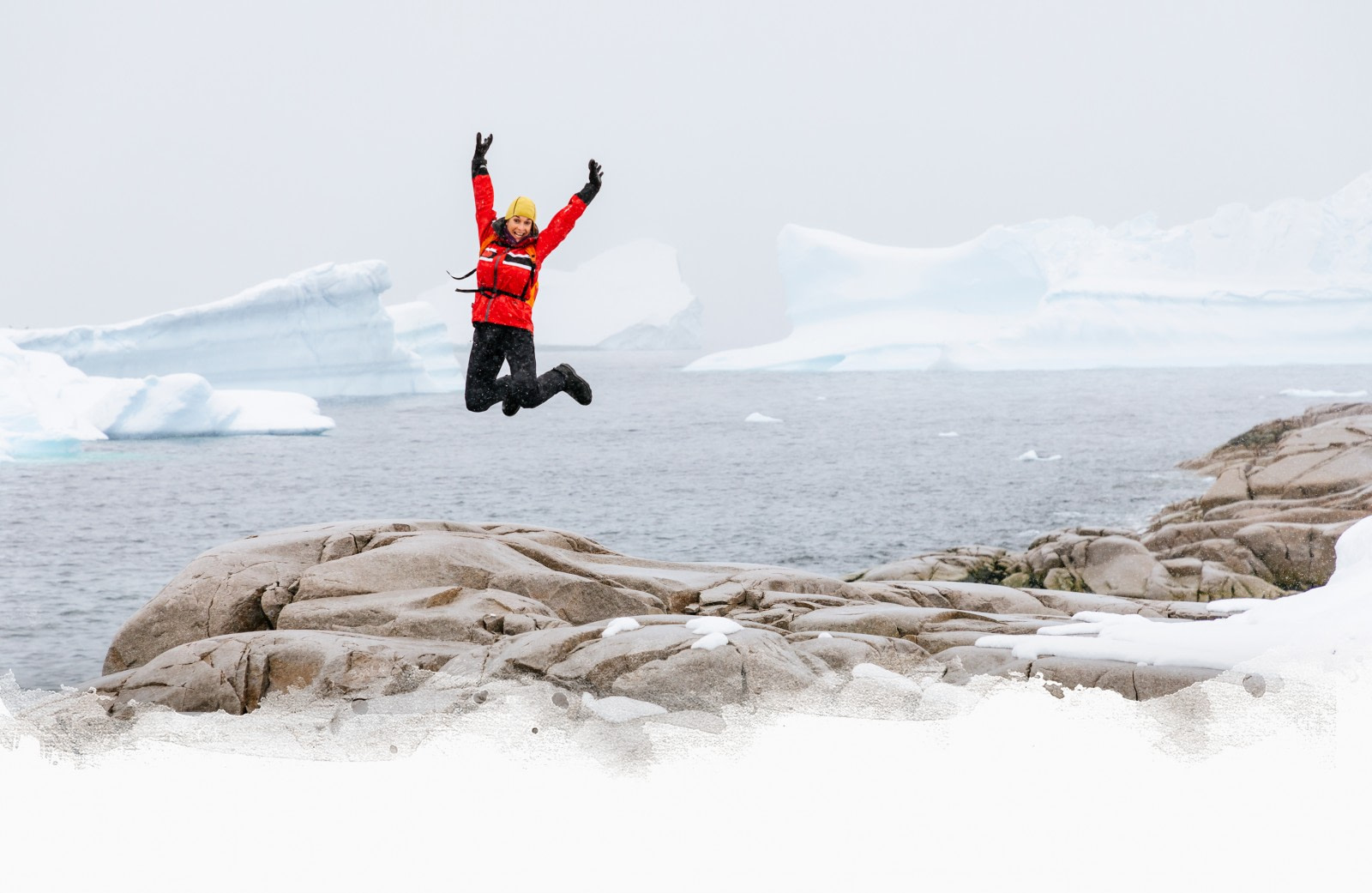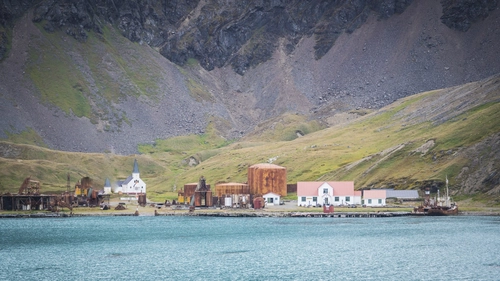Let's talk about one of the most intriguing lines on our planet: the Antarctic Circle. This border, located at Latitude 66° 33' South, marks the Antarctic Territory according to one of the definitions. It's like an invisible line that tells you you've officially entered the land of ice and wonder.
One of the coolest (pun intended) things about the Antarctic Circle is what happens on the 21st of December, the summer solstice. During this time, the Antarctic Circle experiences a period of 24 hours where the Sun never dips below the horizon. Imagine an entire day where the sun just hangs out in the sky, refusing to set. The reason for this unique phenomenon is the tilt of the Earth's axis, which is angled at 23.5 degrees. It's nature's way of showing off its astronomical prowess.
But let's venture a bit further south. South of the Polar Circle, at Detaille Island in Crystal Sound, we reach one of the southernmost points that most expeditions can access: Latitude 66°52' South. This spot is often the farthest south that many adventurers will reach, and it's a place where the remoteness and beauty of Antarctica truly come to life.
Why is crossing the Antarctic Circle such a big deal? For many travelers, crossing this line is a bucket list achievement. It's a rite of passage into a world that's largely untouched by human hands. The landscape is dominated by towering icebergs, expansive ice shelves, and a silence that's almost surreal. It's the kind of place that makes you feel like you've stepped into another world.
Now, let's dive into what you might see when you reach these southern latitudes. The wildlife here is extraordinary. Imagine watching penguins waddle about in their natural habitat or seeing seals basking on the ice. If you're lucky, you might even spot whales breaching in the distance. The sheer abundance of wildlife is one of the main draws for visitors to this icy wilderness.
Exploring the far south also offers a unique opportunity to witness the impact of climate change. The Antarctic region is incredibly sensitive to changes in temperature, and scientists are constantly monitoring how the ice and ecosystems are responding. It's a sobering reminder of the delicate balance of our planet's climate.
The challenges of reaching such remote places can't be overstated. The journey to these latitudes is not for the faint-hearted. The weather can be unpredictable, and the ice conditions can change rapidly. But for those who are willing to brave the elements, the rewards are unparalleled. There's a sense of accomplishment in reaching such a remote and pristine part of the world. It's the ultimate adventure, one that few people get to experience.








 23 Days / 22 Nights
23 Days / 22 Nights







